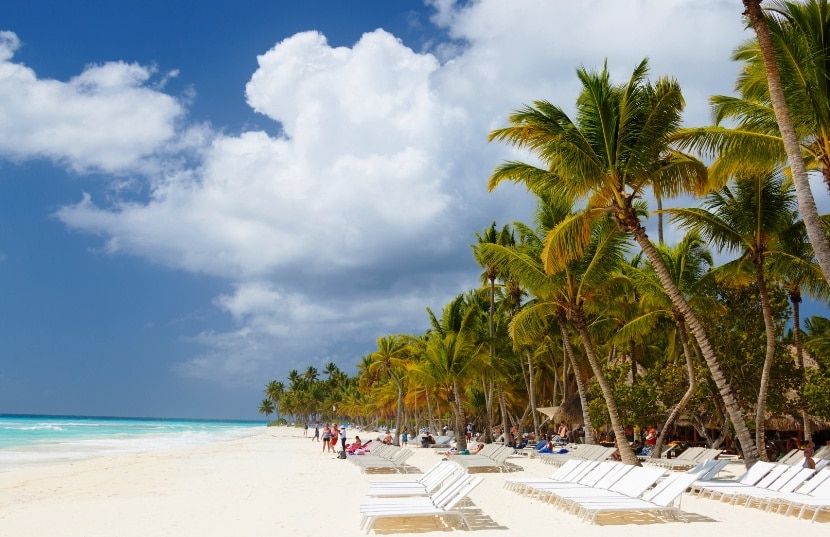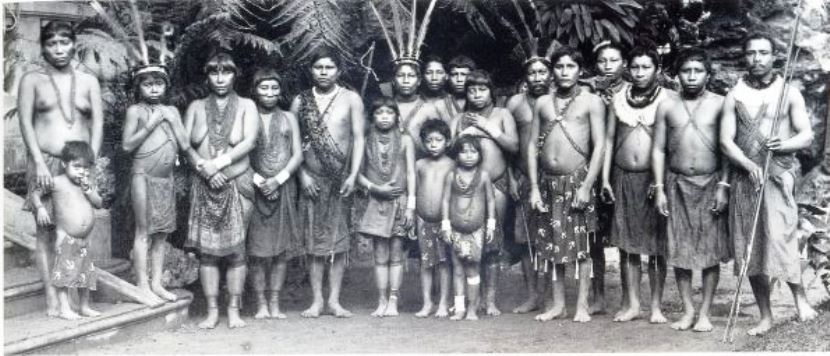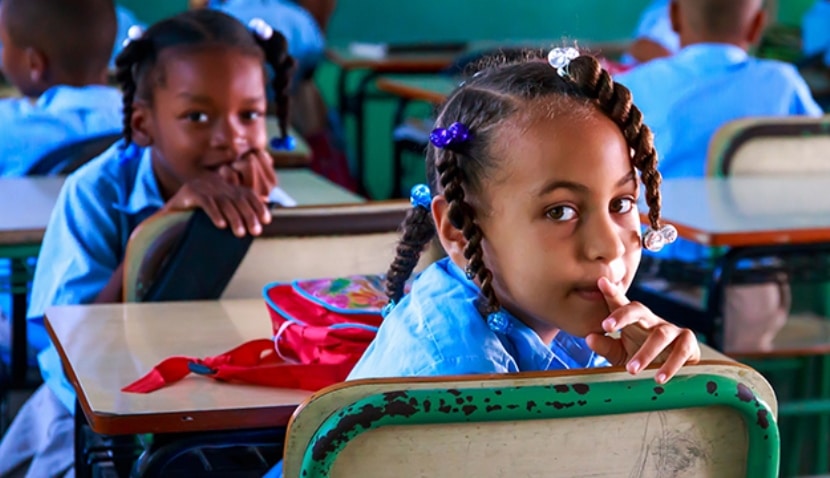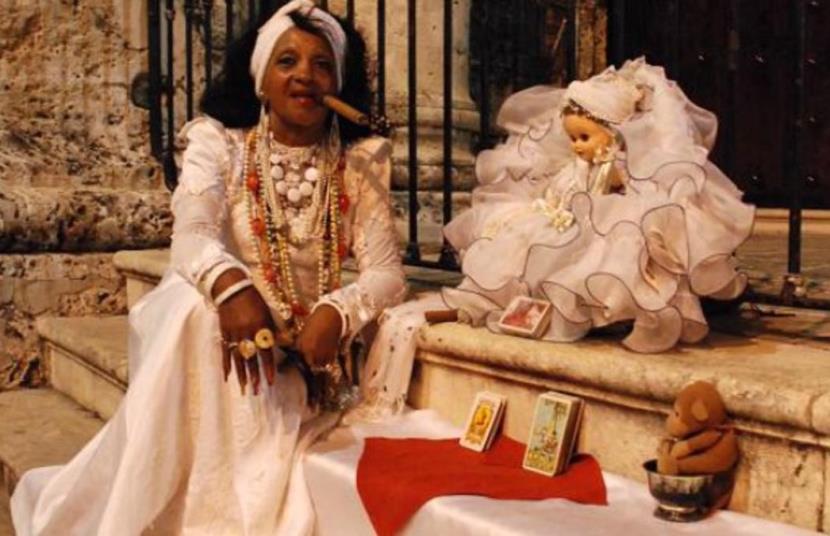
This article on the history and culture of the Caribbean could be a book of hundreds of pages, and it is that Caribbean culture is tremendously diverse. This has been built from a heterogeneous identity of indigenous peoples, settlers (mostly European) and slaves from Africa and all this framed in the diaspora of these peoples, and the influence of Latin America.
So I'm going to try to tell you a little about all this. to get started I will geographically limit the Caribbean region, located to the southeast of North America, to the east of Central America, and to the north of South America, and its population that amounts to just over 36 million people.
The history of the Caribbean

As I was saying, I would have hundreds of pages to write about the history of the Caribbean that has been marked by a colonial reality with topics such as: plantations and the economy, slavery and its social impact, the Maroons and their cultural contribution, language changes, race and its mixture, spirituality.
Throughout history, the Caribbean region has been a reflection of European conflicts themselves. Y Starting in the XNUMXth century, the concept of sovereignty appeared, the three largest islands, such as: Cuba, the Dominican Republic and Puerto Rico, suffered great attacks from European countries and the United States.. These actions have directly affected revolutionary movements and constant struggles to achieve respect for their identities.
To begin with, when talking about Caribbean culture, we are talking about a multilingual, multiethnic, hybrid, syncretic composition that is in constant transculturation.
The languages of the Caribbean

If in this moment the predominant language throughout the Caribbean is Spanish, followed by English, French and Dutch. But, the original peoples of these areas had others, which in some cases has been maintained, although in a very minority, it is the case of Haiti, Jamaica or the island of San Andrés belonging to Colombia, in which a Creole language is spoken (Creole). Thanks to these languages, it has been possible to have access to the cultural wealth of myths, legends, and customs of the Caribbean inhabitant.
The musics of the Caribbean

Who does not associate the Caribbean with music? If there is an image or a sound that seems to unite these islands and coasts, it is the good vibration with which they sound.
As you imagine the music of the Caribbean is the grouping of music, songs and dances from Central America and the Caribbean, which includes the coastal parts of Venezuela and Colombia. These rhythms are the pillars of what is known as Latin rhythms, and are characterized by the use of percussion and wind instruments.
I can make you a long list of all these rhythms, but the best known are the rumba, salsa, vallenato, bachata, calypso, cumbia, guaracha, bolero, merengue, champeta ... and with the passing of the generations others such as choquesalsa or reggaeton.
Blacks in the Caribbean

I cannot speak of Caribbean culture or identity without naming the Caribbean Negro, and the Afro-Caribbean concept.
During colonization, Spain introduced black slaves mainly to the Caribbean to alleviate the shortage of indigenous labor.. Men and women of African origin were taken by force and sold as slaves to their masters, who did consider them their property.
The first slaves in the Caribbean islands were taken to Hispaniola (Cuba) in 1502, and just 20 years later the black trade had already been institutionalized. The first uprising on record was in 1522 and the different rebellions of black slaves were repeated throughout the Caribbean region. Throughout the region, rebellious slaves, some of them fugitives, who led a life of freedom in remote corners were called cimarrón.
The spirituality of the Caribbean

While it is true that the Spanish, and Europeans in general, imposed Christian beliefs, the syncretism typical of this region of Central and South America has led it to develop its own spirituality.
In the Caribbean there is a whole unified system of beliefs and sacred practices with analogies between aboriginal, Hispanic and African religious elements, which has become a new religiosity. We speak of popular Caribbean religions, to distinguish them from ecclesial ones, such as those that are characterized by their association with daily life and the problems and culture of peoples, with the presence of festive elements, myth and superstition; pilgrimages and images; votive offerings and promises, as well as a utilitarian character.
The main religious manifestations in the Caribbean are:
- Osha Rule
- Conga or Palo Monte Ruler
- Spiritualism
- Voodoo
- Abakua
- Chango cult
- Worship of María Lionza
- Rastafarians
- Shouters
I hope I have given you some ideas about the Caribbean, its people and its way of being, so that you can enjoy its kindness to the fullest. I like to stay with a possible theory about the name Caribe, and it is that the Italian navigator Américo Vespucio affirmed that the term Charaibi among the indigenous people meant wise men ...
jjjjjjjjjjjjjjjjjjjjjjjjjjjjjjjjjjjjjjjjjjjjjjjjjjjj
mmmm annoying I don't feel like anything
That is a lie I did not find anything that is pure talk
Well, I think that on this page if what I was looking for appears, you are the ones who do not know how to look for it because you are lazy ah and use your head to think not only for slobs-das
Correction: the island of Hispaniola was not Cuba but what today corresponds to Haiti and the Dominican Republic.